Toxico-pathologist and nano-particulate expert, Professor Vyvyan Howard, speaking at this mornings Oral Hearing (Day 6) said that “Chronic low dose exposure to ultra fine particles reduces life expectancy” and cited several published studies which show that “filters are not capable of arresting these particles” which “pass through any filtration system undetected” and also warned that statutory limits are not protective.
Concerned primarily with very tiny particles (PM0.1) Prof Howard outlined that it is the number of particles, rather than their mass, which is the affecting factor in the damage that they will do and criticised the control mechanism as being weight based rather than number based, which was misleading in terms of the numbers of nano particles.
Prof Howard explained that organic compounds such as dioxin and dioxin like compounds form on tiny particles which become highly reactive because they become highly crystallised and charged. He described how nano particles are about the same size as viruses and travel around the body, passing through air and blood to be assimilated into the bloodstream where they travel to other organs. He stated that small cumulative portions cause low grade chronic inflammation resulting in chronic respiratory disease and over time attack on lining of the arteries causing cardiovascular issues.
Prof Howard cited small children as being more vulnerable to this effect than adults, because they breathe more air per unit of body weight, and “have smaller airways which means they need less inflammation to induce turbulence, i.e. asthma.”
Looking for clarification on the issue of defined guide levels for tiny particles, Oral Hearing Inspector, Derek Daly’s asked “Are there defined safe levels in relation to humans?”, Professor Howard clarified “no, there are not”.
Prof Howard said that the EU recognises that there will be 400,000 deaths across the EU attributed to ultra-fine particles, and explicitly stated that it is accepted that we “cannot detect a level at which no harm occurs”.
Waste Management Expert Colm MacDowell also presented for CHASE, and highlighted the lack of clarity raised by the application on the issue of a hazardous waste transfer station. He said that he had “never seen a hazardous waste incinerator operate without a hazardous waste transfer station” and questioned if this was a “mission creep approach” where a transfer station would be applied for at a later stage. Mr MacDowell also cricised the proposal saying it was “At best, old and outdated and was not future proofing the Irish Economy and Irish Market”. [Read Submission]
Planning and Development Consultant, Tricia O’Sullivan, speaking on behalf of CHASE delivered a comprehensive analysis of National and Local planning strategy and highlighted requirements in the County Development Plan to protect areas of strategic employment and submitted “how the many submissions against this proposal have consistently highlighted the detrimental affects to employment in the area that would result from this application.” [Read Submission]
Epidemiologist Prof Anthony Staines, is scheduled to speak on behalf of CHASE tomorrow.



















